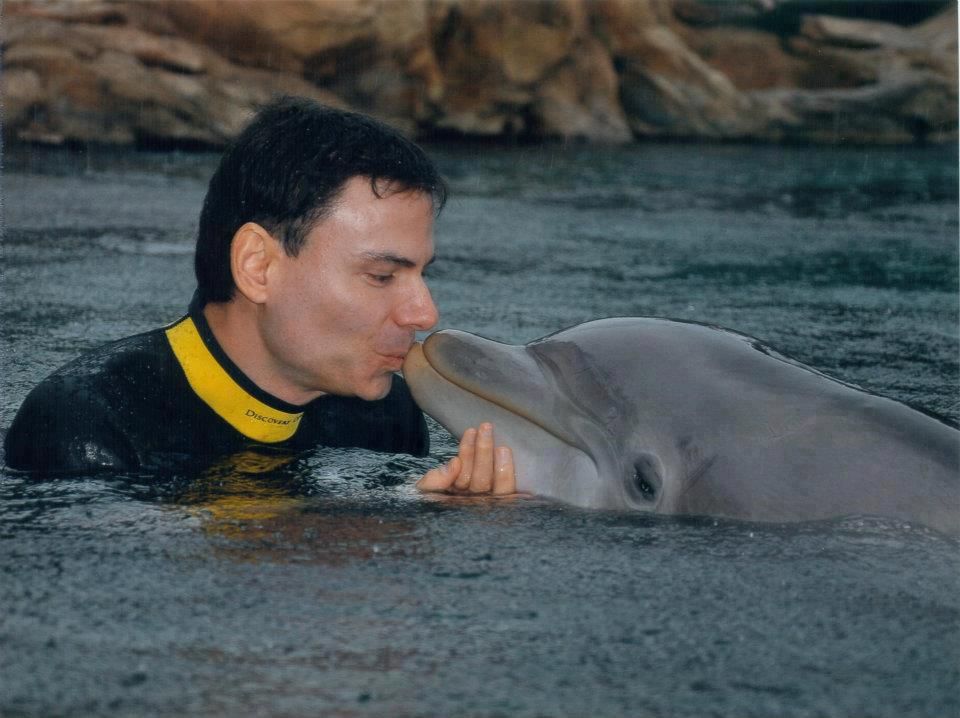Puerto rico dolphin encounter: Where To Swim With Dolphins In Puerto Rico – Complete Guide
Where To Swim With Dolphins In Puerto Rico – Complete Guide
Affiliate Disclaimer: This article may contain affiliate links, which means we may earn a small commission if a reader clicks through and makes a purchase. See full Affiliate Disclosure here.
If you’re looking for somewhere to see dolphins in Puerto Rico then you’re in the right place.
There’s plenty of places to both see and swim with dolphins in Puerto Rico, from Rincón to San Juan.
This post will tell you all of the best places to see dolphins in Puerto Rico and includes all the information you’ll need for a fun day out.
Table of Contents
There are lots of dolphins present in the waters that surround Puerto Rico making it one of the best places to go dolphin watching.
All of the dolphins that you’ll see in Puerto Rico are wild dolphins in the ocean.
Puerto Rico doesn’t have any captive dolphins which means that you can’t book onto a ‘swim with dolphins’ experience.
You can however still swim with dolphins in the ocean, you just need to find them!
It cannot be guaranteed that you’ll be able to see or swim with a dolphin in Puerto Rico due to the fact that the dolphins are wild and their movements cannot be controlled.
Dolphins are commonly found in Puerto Rico so you do still have a good chance of swimming with one here.
For the best chance of seeing a dolphin, head to the places below.
1. Condado Lagoon
Condado Lagoon, located in San Juan, is a great place to swim with dolphins in Puerto Rico.
In this lagoon, you can sometimes spot dolphins swimming around in the lagoon. You’ll also see lots of other animals too including starfish and stingrays.
There are lots of super fun ways to try and see the dolphins in Condado Lagoon.
One of the most popular ways to see them is by renting a glass bottom kayak and rowing alongside the dolphins.
Alternatively you could try hiring a water bike if you don’t want to get too wet.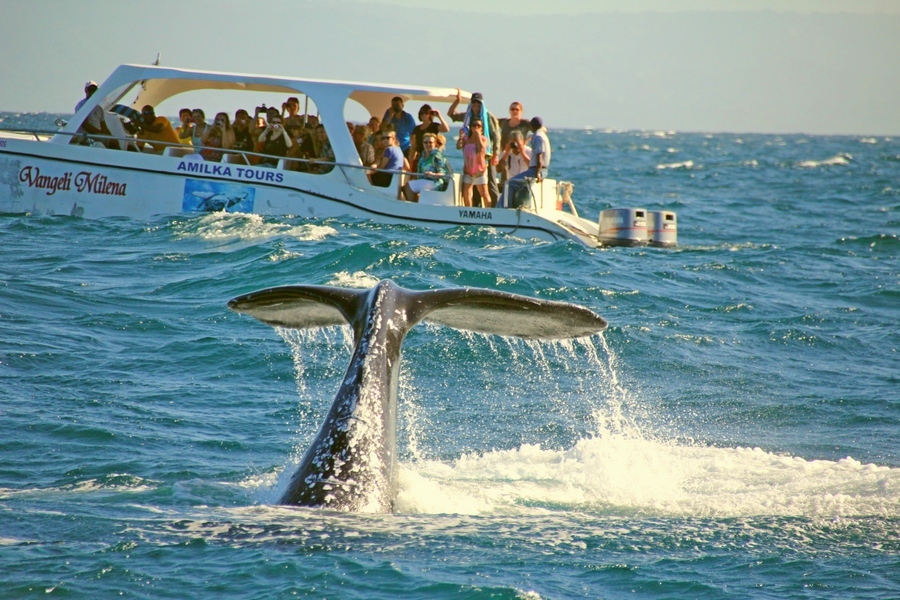
These activities are not only super fun but they also give you the chance to get up close to the dolphins in Puerto Rico if you’re lucky enough to spot one.
2. San Juan Bay
One of the best places to see dolphins in Puerto Rico is in San Juan Bay.
This stunning bay, which sits at the heart of San Juan, is a popular location filled with historic sites.
This bay is one of the best places to go dolphin watching in Puerto Rico as dolphin sightings are super common.
The best way to see the dolphins in San Juan Bay is by joining a boat tour.
These tours take you right out into the water and as the local guides know the area well, this will give you the best possible chance of seeing a dolphin.
Check out the below video where a dolphin greets some jet skiers in San Juan Bay:
3.
 Rincón
Rincón
Rincón, an area located on the westernmost tip of Puerto Rico, is a great place to swim with dolphins in Puerto Rico.
Dolphins, as well as lots of other marine animals, can often be seen swimming along the shores of Rincón.
The best place to swim with dolphins in Rincón is at Steps Beach, also known as Tres Palmas Marine Natural Reserve.
This beach is a well known snorkelling spot.
You’ll see tropical fish, turtles and the odd dolphin too!
A coral reef runs right along the length of the beach so it’s the perfect place to go snorkeling, most people book onto a snorkeling tour so they don’t miss anything.
4. La Parguera
La Parguera is a village located in the town of Lajas in southwestern Puerto Rico.
This quaint village features a bioluminescent bay, mangrove forests and nature reserves too.
One of the best places to see and swim with dolphins in this village is at the La Parguera Nature Reserve where you’ll find a well-developed and extensive coral reef which is also a popular diving site.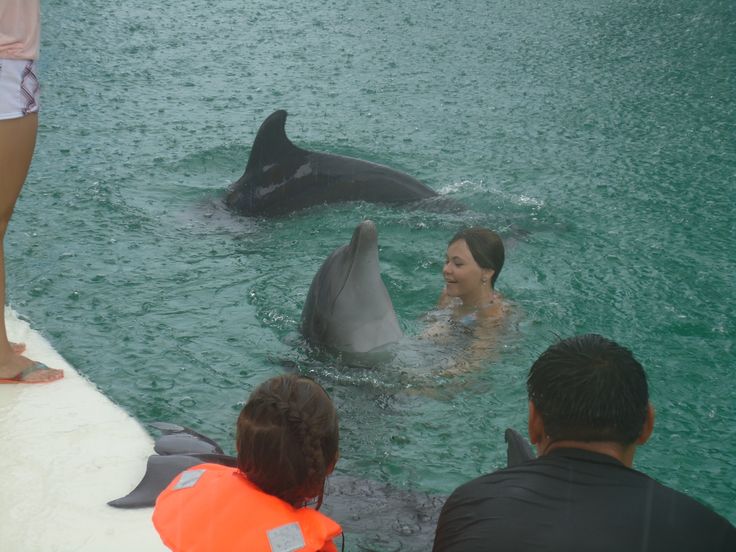
The best way to see and swim alongside the dolphins in La Parguera is by renting a water bike.
This super fun activity allows you to navigate through the beautiful mangroves and pass by lots of wonderful marine life including dolphins, sea turtles and rays too.
Check out the below video showing some dolphins in La Parguera:
5. Cabezas de San Juan Nature Reserve
Another great place in Puerto Rico where you’ll have a good chance of seeing dolphins is at the Cabezas de San Juan Nature Reserve in Fajardo.
This stunning nature reserve features a blue lagoon, mangroves, coral reefs and sandy beaches.
The best way to see and swim with the dolphins at the Cabezas de San Juan Nature Reserve is to get in the water and go kayaking and snorkeling!
You’ll be able to swim right alongside the dolphins if you’re lucky enough to spot one which is definitely an experience you won’t forget.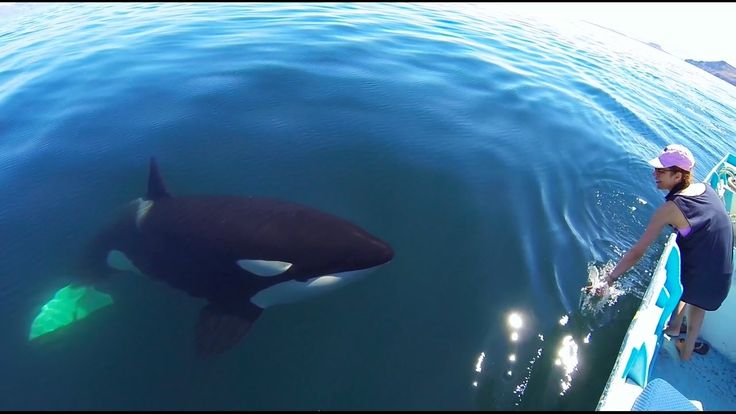
6. Vieques Island
Vieques Island is a small island that lies just off Puerto Rico’s eastern coast and is an excellent place to go dolphin watching in Puerto Rico.
This island is best known for being an excellent snorkeling location where you can observe lots of interesting marine life. This is mainly due to the island’s abundance of coral reefs.
As Vieques Island isn’t on the mainland, I’d recommend joining a snorkeling tour that will take you from the mainland to Vieques Island and back.
Mosquito Pier is a popular snorkeling site on Vieques Island where visitors often are able to spot dolphins swimming around.
Mosquito Pier is on the north side of the island.
Check out the below video which shows some dolphins spotted whilst on a boat at Vieques Island:
Did you know you can also see manatees in Puerto Rico? Find out where to see manatees in Puerto Rico here.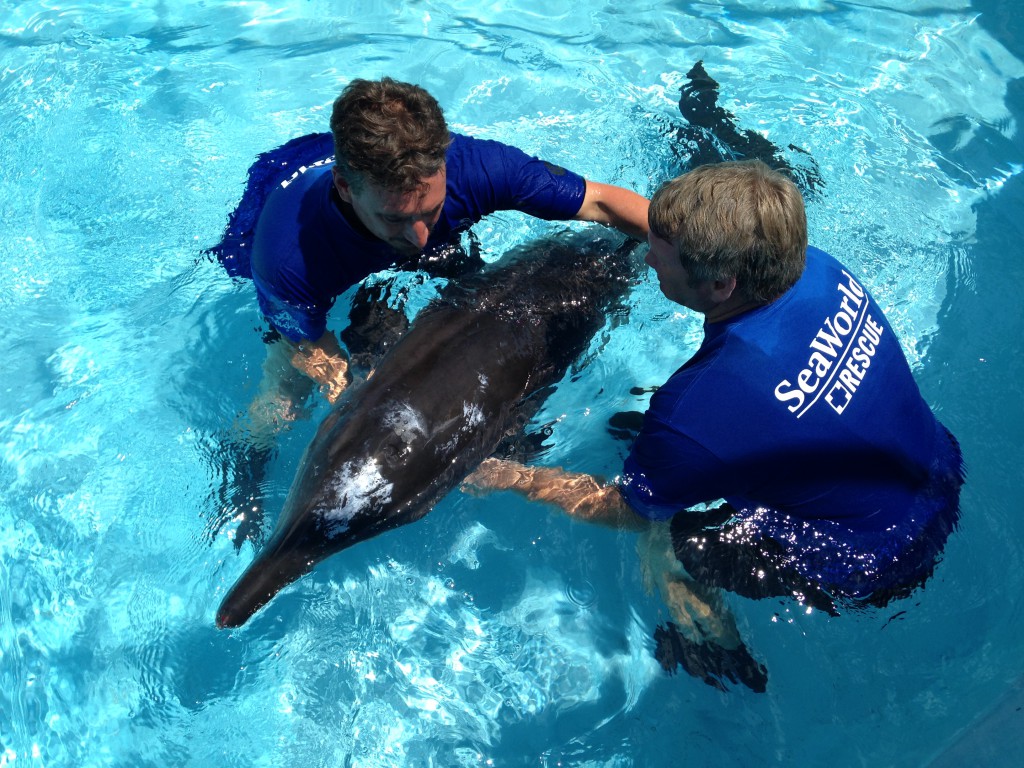
7. Culebra Island
Another good place to see dolphins in Puerto Rico is on Culebra Island.
Culebra Island is a small island that is located just off the east coast of Puerto Rico’s mainland. It’s easy to get to from Fajardo.
One of the best places to spot dolphins on this island is at Tamarindo Beach on the west side of the island.
This beach is well known for its crystal clear waters and coral reefs that are filled with an abundance of interesting marine life including tropical fish, dolphins, turtles and rays.
The best way to see the dolphins here is to go snorkeling! If you’re lucky enough to find one, you’ll be able to swim with the dolphins and get up close to them.
Snorkeling tour tickets also tend to include transport from mainland Puerto Rico to Culebra Island and back which is super handy.
Other beaches on the island where you can sometimes see dolphins include Zoni Beach and Flamenco Beach.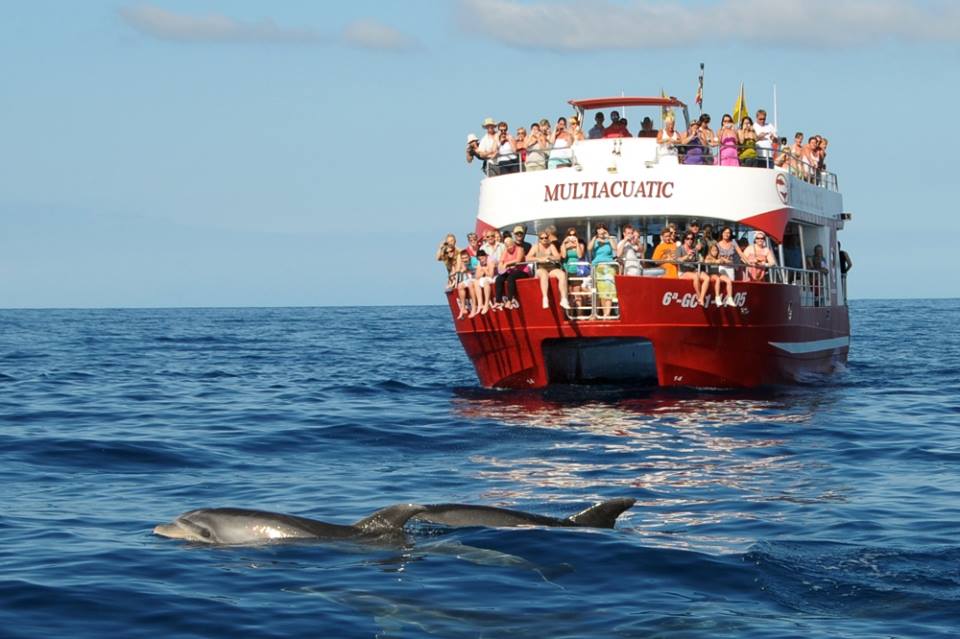
Check out the video below to see some dolphins spotted whilst scuba diving around Culebra Island:
8. Cabo Rojo
Another area of Puerto Rico where you can often see dolphins is Cabo Rojo.
Cabo Rojo is a region on Puerto Rico’s southwest coast which is known for having mangroves, coral reefs and beautiful beaches.
Dolphins can often be seen by the cliffs in front of the lighthouse called Los Morrillos.
The best time to see the dolphins is late afternoon, just before sunset.
Check out the video below to see some dolphins in the water at Cabo Rojo:
9.
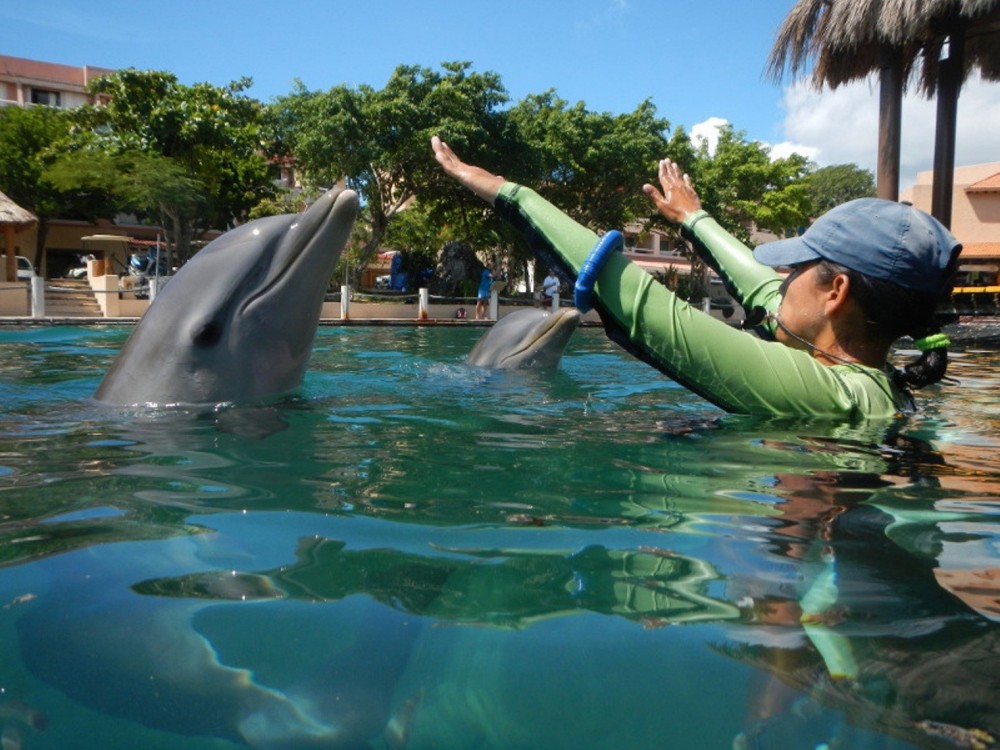 Mona Island
Mona Island
Mona Island, a small island that lies just off the west coast of Puerto Rico, is another great place to see dolphins.
Mona Island is the perfect habitat and the best kept Caribbean refuge for many marine animals including dolphins.
Marine life is abundant around the island, so you’ll have a really good chance of being able to swim with dolphins here.
This secluded island paradise is very popular with divers who come from afar to explore the untouched beaches, caves and coral reefs.
The most popular beaches for scuba diving are Playa Sardineras, Playa Pajaros, Punta Arenas and Playa Mujeres.
The island itself is uninhabited and protected by the Department of Natural and Environmental Resources meaning its wildlife is well protected.
In the video below you can see some dolphins swimming in the water near Mona Island:
If you enjoy seeing dolphins, you may also be interested in knowing where to go whale watching in Puerto Rico.
Thanks for reading this post on where to swim with dolphins in Puerto Rico.
Wherever you are in Puerto Rico, there’s plenty of options here to see dolphins in their natural habitat in Rincón, San Juan Bay, Mona Island and more.
Related Posts:
Ocean World Dolphin Swim & Sea Lion Combo from Puerto Plata
Skip to content
Water activity
Add to wishlist
Water activity
Activity provider:
Ocean World Puerto Plata
Delight in an excursion that lets you swim with dolphins at the Ocean World Adventure Park at Cofresi Beach. Site of the largest man-made dolphin habitat in the world, you will laugh and learn with dolphins and sea lions in an interactive adventure.
About this activity
- Free cancellation
- Cancel up to 24 hours in advance for a full refund
- Reserve now & pay later
- Keep your travel plans flexible — book your spot and pay nothing today.

- Covid-19 precautions
- Special health and safety measures are in place. Check your activity voucher once you book for full details.
- Duration 8.5 hours
- Check availability to see starting times.
- Pickup included
- Pick-up is available from select hotels in Puerto Plata
- Thrill to a 30-minute dolphin swim program, preceded by a lecture on dolphins
- Meet the clowns of the sea, the Patagonian Sea Lions
- Snorkel in a Tropical Reef with hundreds of tropical fish
- Visit the Rainforest, Bird Exhibit and Habitat of Iguanas
- Relax as a convenient hotel pick-up and drop-off takes the effort out of your transportation
- Lunch is included
Your full-day excursion begins with a hotel pick-up from Puerto Plata for the drive to Cofresi Beach by comfortable coach. Location for the Ocean World Adventure Park, you will have the day to explore, with plenty of free time to spend at leisure
Location for the Ocean World Adventure Park, you will have the day to explore, with plenty of free time to spend at leisure
Highlights of the day are a 30-minute swim with Atlantic bottlenose dolphins and a visit to the sea lion enclosure.
Your dolphin swim begins with a brief orientation, before entering the water for your introduction, face to snout. Here you will learn about dolphin behaviour and discover how the trainers use hand signals and positive reinforcement to talk with the animals.
Then it is on to meet the sea lions. Experience those fascinating animals during a 30-minute poolside encounter, and learn about their natural habitat during an instructive talk.
The program also includes a Day Pass to the other attractions of the Ocean World Adventure Park. Explore at your own pace as you listen to exotic tropical birds, visit the Pirate’s Pool and walk through a tropical rain forest. Lunch is included.
- 30-minute dolphin swim program, preceded by lecture on dolphins
- 30-minute sea lion encounter program, preceded by lecture on sea lions
- Lunch Included
- Round trip bus transfer from nearby hotels
- Snorkeling in Tropical Reef Aquarium
- Rainforest and Bird Exhibit and Habitat of Iguanas
- Pirate’s Pool
- Usage of Dolphin Beach (lounge chairs are included)
- Observation of Sea Lion Show, Dolphin Show, Shark Show, Tropical Bird Show
- Drinks are not included
- Transporation from hotels outside Puerto Plata (USD 10 p/p surcharge for clients in hotels in Sosua and Cabarete – only Tuesday, Thursday and Sunday)
- Children under 5 years
Overall rating
3.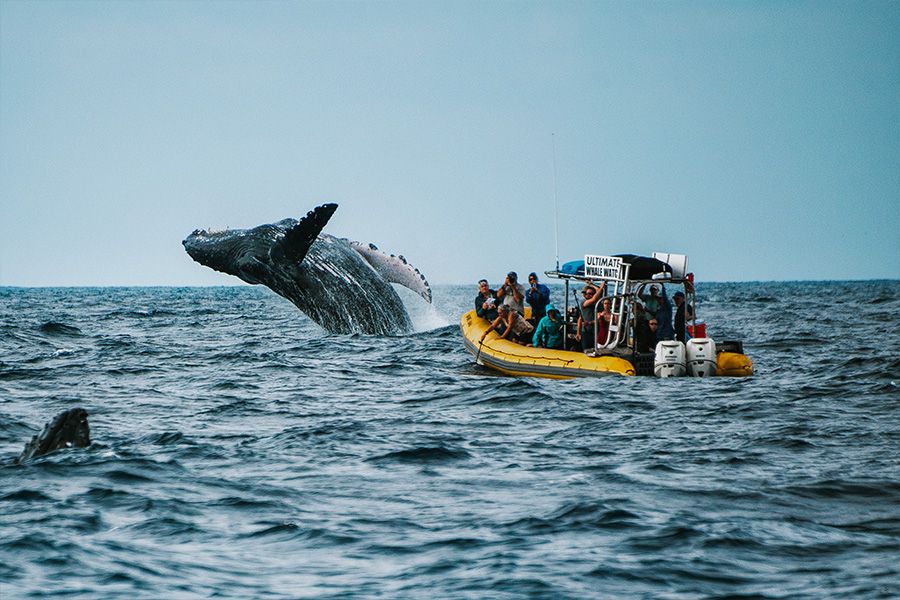 8
8
/5
based on 4 reviews
Review summary
- Value for money
5/5
- Service
5/5
- Organization
4.5/5
Sort by:
Traveler type:
All traveler types
Couples
Group of friends
Solo travelers
Families
Star rating:
All star ratings
5 stars
4 stars
3 stars
2 stars
1 star
Offer exceeded expectations!
Playing with the dolphins in the water and touching the sea lions – a “wow” experience even for adult men 🙂 We were lucky that there were only 4 people in the group with the dolphins, so everyone had a lot of possibilities to interact with the dolphins. The coaches were very sensitive and looked after us very well. The group was bigger for the sea lions, but the coaching was just as great as for the dolphins. There were many ways to touch the animals and play with them – even feeding them with small fish … When do you get so close to dolphins and sea lions? The only downside: the pictures and videos that were taken are extremely expensive. 1 picture cost 5 US $, a DVD with all the pictures taken and the video at the Delfinaction a whopping 80 US $. Something should be worked on here – otherwise: ABSOLUTELY RECOMMENDED FOR YOUNG AND OLD!
The coaches were very sensitive and looked after us very well. The group was bigger for the sea lions, but the coaching was just as great as for the dolphins. There were many ways to touch the animals and play with them – even feeding them with small fish … When do you get so close to dolphins and sea lions? The only downside: the pictures and videos that were taken are extremely expensive. 1 picture cost 5 US $, a DVD with all the pictures taken and the video at the Delfinaction a whopping 80 US $. Something should be worked on here – otherwise: ABSOLUTELY RECOMMENDED FOR YOUNG AND OLD!
Read more
outstanding
It was an amazing experience, friendly staff and a dream come tru
Product ID: 10362
Dolphins try to invent an interspecies language
Contacts |
Advertising |
Subscription
Home > Eco News > Dolphins try to invent an interspecies language
Published: 05/10/2010 10:27 / 👁 1014 / Share: Although dolphins of different species and genera have several common signals, in general, the dialects of these mammals differ.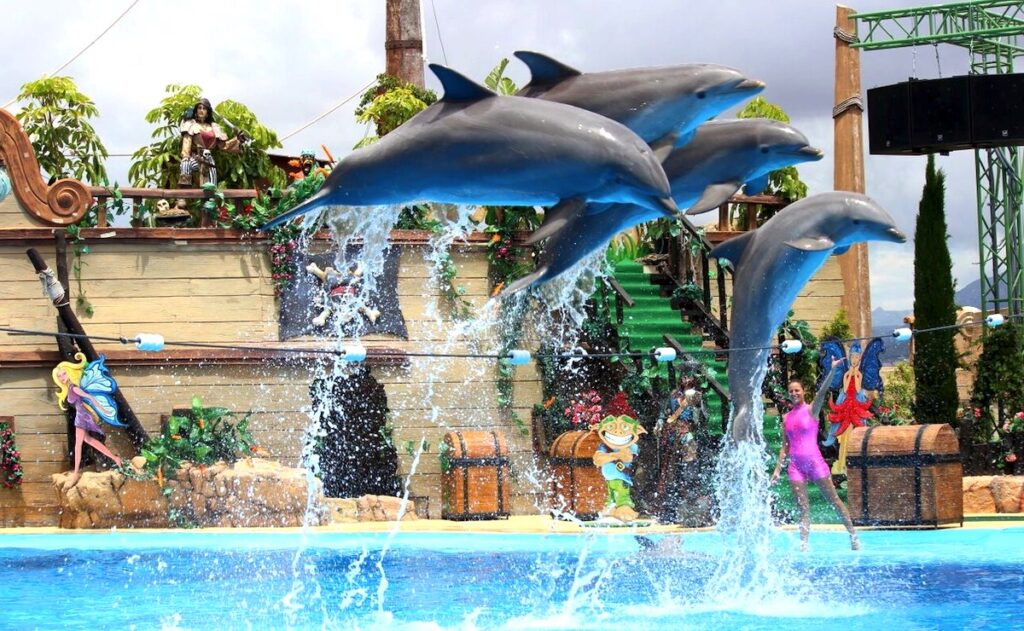 However, it is surprising: when two species of dolphins meet in the sea, they try to agree by changing their usual language. Dolphins. Photo: http://rehankhalil.com
However, it is surprising: when two species of dolphins meet in the sea, they try to agree by changing their usual language. Dolphins. Photo: http://rehankhalil.com
Laura May-Collado of the University of Puerto Rico (Universidad de Puerto Rico, Recinto de Rio Piedras) discovered that when groups of bottlenose dolphins (Tursiops truncatus) and Guianan dolphins (Sotalia guianensis) meet, the nature of the whistles is different, than when recording the conversations of each such group separately. In terms of pitch and duration of the replicas, they turn out to be a kind of intermediate option.
Since the available equipment cannot quite accurately sort the signals into individual animals, it remains unclear whether both species change their communication style in an attempt to make contact, or whether only one species corrects its whistles.
The study was conducted on the southern Caribbean coast of Costa Rica, where Guiana dolphins and bottlenose dolphins (representatives of two groups in the picture) interact daily.
As the biologist explains in an article in the journal Ethology, the meetings of the two species mentioned are not very friendly. More massive and larger bottlenose dolphins often isolate and pursue one or two Guiana dolphins.
The data show that the most active remarks in such cases are made by the “attacked”. Therefore, changes in the structure of the whistle may reflect the stress response of the latter. According to Laura, it is even possible that the Guiana dolphins are trying to make threatening sounds in the language of their annoying relatives.
“I wouldn’t be surprised if they can change their signals to mimic other species and maybe even communicate with them,” concludes May-Collado.
Share:
Leave a comment:
Latest news
21/11/2022 21:28
Participants of the UN climate meeting were dissatisfied with the text of the final declaration /2022 20:04
The International Forum and Exhibition “Thermal Power Engineering of Central Asia” will be held in February
Popular news sales of animals from March 1, 2023 will become stricter
24/07/2022 16:29
Boomerang head
Whole ecology:
© 2002-2022
Copyright to materials belongs to the All-Russian Ecological Portal, except for those where the author or source is indicated. With full or partial citation of all materials, an active hyperlink to the All-Russian Ecological Portal (ecoportal.su) is required.
With full or partial citation of all materials, an active hyperlink to the All-Russian Ecological Portal (ecoportal.su) is required.
The site may publish materials from the Facebook and Instagram Internet resources that are prohibited in the Russian Federation.
Editorial opinion may not coincide with the opinion of the authors of news and other materials published on the site. The site uses cookies to ensure its performance. By continuing to use the site, you agree to their use.
Send all proposals for the work of the site to the e-mail box published in the contacts section.
Do not catch Willie: the State Duma proposes to ban the replenishment of dolphinariums | Articles
Catching dolphins, killer whales and seals for oceanariums and dolphinariums may be banned. The corresponding bill is being prepared for the first reading in the State Duma, it has already found support among the members of the relevant committee. Today, dolphin shows and traveling “sea circuses” are illegal in many countries.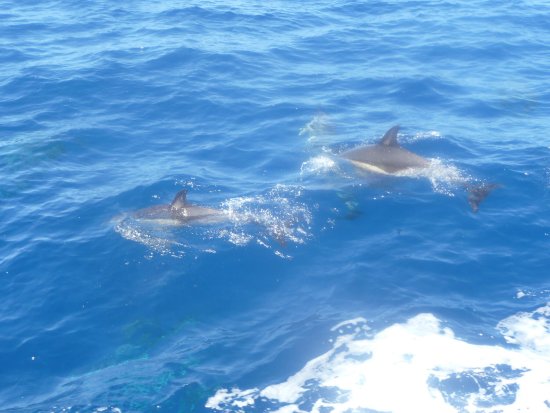 In the resort cities of Russia, this business is flourishing, and the stars of such entertainment programs often live in completely unsuitable conditions for them – small pools, and even in cisterns. In addition, Russian cetaceans replenish Chinese aquariums. According to the Whale Protection Fund, about a hundred animals are sold to China every year. Up to $2 million is paid for one individual, so this illegal business is extremely profitable.
In the resort cities of Russia, this business is flourishing, and the stars of such entertainment programs often live in completely unsuitable conditions for them – small pools, and even in cisterns. In addition, Russian cetaceans replenish Chinese aquariums. According to the Whale Protection Fund, about a hundred animals are sold to China every year. Up to $2 million is paid for one individual, so this illegal business is extremely profitable.
Do not catch either big or small
A bill has been sent to the expert council for consideration, which proposes a complete ban on catching marine mammals in Russia, including for cultural and educational purposes.
– Today, their fishing for moral and ethical reasons is prohibited in many countries , – said the author of the bill, State Duma deputy Svetlana Bessarab.
For example, recreational use of dolphins is prohibited in Australia, Antilles, Argentina, Brazil, Haiti, Guatemala, Hawaii, India, Canada, Colombia, Costa Rica, Maldives, Mexico, Nicaragua, Puerto Rico, Ukraine, Chile.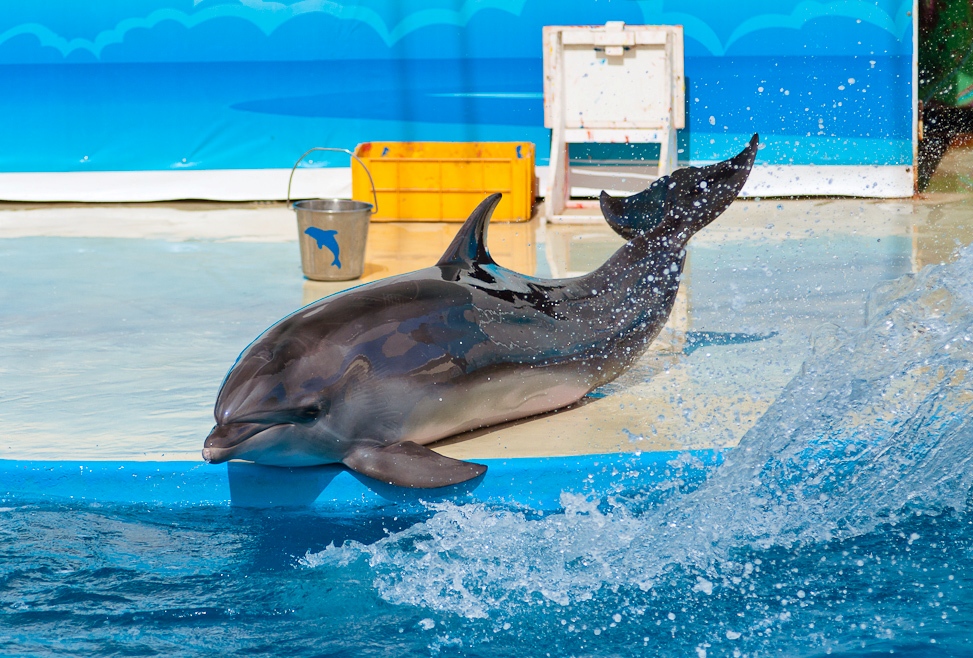 Such a law has been adopted in South Carolina (USA), and other states of America are considering similar measures.
Such a law has been adopted in South Carolina (USA), and other states of America are considering similar measures.
And mobile dolphinariums are illegal in 17 EU countries: Austria, Belgium, Hungary, Great Britain, Greece, Ireland, Cyprus, Latvia, Luxembourg, Poland, Slovakia, Slovenia, Finland, France, Croatia, Czech Republic, Estonia.
— The therapeutic effect of dolphin therapy, used by the owners of dolphinariums as an argument to defend their activities, is not confirmed by the scientific community. It is completely replaced by communication with ordinary pets, – said Svetlana Bessarab.
Don’t Catch Willie3
Photo: RIA Novosti/Alexander Kryazhev
In addition, the need for mammals in dolphinariums contributes to poaching , the deputy added.
Today, two situations of illegal fishing of are possible, explained Maria Spiridonova, member of the commission of the Association of Lawyers of Russia (AJR) on ecology and environment.
– The first option, when a dolphinarium or oceanarium ordered a catch from an authorized organization for educational and cultural purposes, but this organization violated the requirements. For example, she caught whales with cubs or females with obvious signs of pregnancy. The second option is to order catch from outright poachers , she explained.
In both cases, the animals must be removed and returned to their habitat, the lawyer stressed.
“Some situations are absurd: the dolphinarium orders the poachers to catch an animal, the state authorities seize it, and then transfer it “for safekeeping” to the customer dolphinarium, from which it is almost impossible to achieve rehabilitation of animals,” said Svetlana Bessarab. “Today we are fighting for the lives of two Black Sea bottlenose dolphins that have found themselves in such a situation in the Krasnodar Territory.
The profile committee of the lower house of parliament reacted positively to the initiative.
– The events that we observed in the Far East, I mean the “whale prison”, from which, even on behalf of the president, belugas and killer whales could not be released for a very long time, showed that the legislative system needs to be improved , – the member of the committee believes State Duma for Ecology and Environmental Protection Alexander Fokin. – If the bill is introduced taking into account the experience that we have received, it will benefit nature and help establish a system for the work of dolphinariums and centers for the study of these animals.
Don’t Catch Willy1
Photo: Global Look Press/imageBROKER/Marco Simoni
Family tragedy
— If the animals are not endangered and are not included in the Red Book, globally their catch does not affect the ecosystem, but it affects certain groups of animals. The same cetaceans are very social. It is a great tragedy for them when their cubs are taken away from them. There are many studies that confirm that this drama is comparable in strength to a human. Therefore, from the point of view of humanity, their catch is quite cruel , – Vyacheslav Alekseev, head of the Center for the Study and Conservation of Marine Mammals, told Izvestim.
There are many studies that confirm that this drama is comparable in strength to a human. Therefore, from the point of view of humanity, their catch is quite cruel , – Vyacheslav Alekseev, head of the Center for the Study and Conservation of Marine Mammals, told Izvestim.
According to him, cetaceans are very smart, intelligent creatures that are designed to live in large areas. The very fact of their capture and placement in captivity makes the animals suffer greatly.
– An individual caught in the wild is obviously doomed to torment, because it knows how to live outside the conventional cage, and will constantly strive to go there, – the specialist explained.
In addition, marine mammals are emotional and in captivity are capable of harming or even killing humans.
— Even fairly peaceful animals can become angry for a variety of reasons. Bottlenose dolphins, for example, often bite trainers, can strike with acceleration or prevent breathing when a person is immersed in water. Seals, especially eared seals, can also cause serious injury. Sea lions are huge animals with a very ferocious disposition. There were cases when killer whales killed trainers,” Vyacheslav Alekseev explained.
Seals, especially eared seals, can also cause serious injury. Sea lions are huge animals with a very ferocious disposition. There were cases when killer whales killed trainers,” Vyacheslav Alekseev explained.
The most famous case of a marine mammal attacking a trainer occurred on February 24, 2010 at SeaWorld. A male killer whale named Tilikum dragged 40-year-old animal trainer Dawn Brancheau into the water and killed her.
Don’t Catch Willie2
Photo: Global Look Press/ZUMA Press/Phelan Ebenhack
There are cases when animals in captivity live for several decades, said the head of the Center for the Study and Conservation of Marine Mammals. However, in most cases, their life is greatly reduced: two to three times.
– As for the law on the prohibition of fishing, it should have been passed long ago. Such practice operates in many countries, — Vyacheslav Alekseev emphasized.
At the same time, the expert added, due to the catch of cetaceans in Russia, not only domestic oceanariums and dolphinariums are replenished.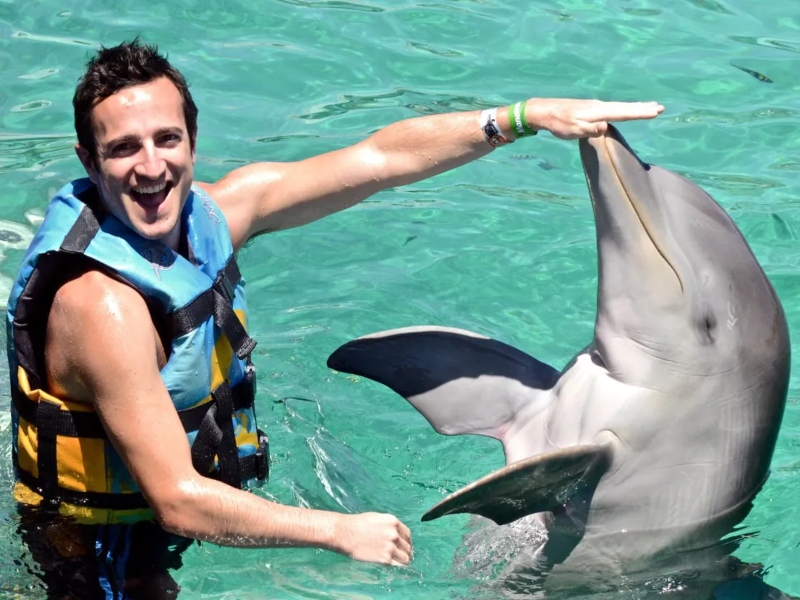 Animals are sold to China and some other states of America, where their capture is prohibited.
Animals are sold to China and some other states of America, where their capture is prohibited.
For example, when the famous “whale prison” story happened, animal rights activists stated that 11 killer whales and 90 Beluga whales kept there were being prepared for sale from Primorye to China.
— Every year about 100 dolphins and killer whales are sold to China from Russia. One individual costs about $2 million,” said Timofei Surovtsev, co-chairman and founder of the Whale Protection Fund. — Thanks to the president, commercial catching of dolphins and whales is prohibited, but there is a loophole in the legislation – you can catch them for scientific purposes. Therefore, fishing, especially in the east of the country, is flourishing. With the pandemic, this story has calmed down a bit, but as soon as the restrictions are lifted, it may pick up momentum again.
Named after Roma
According to Vyacheslav Alekseev, despite some cynicism of this approach, it should be recognized that large Russian oceanariums and centers for the study of mammals are already full.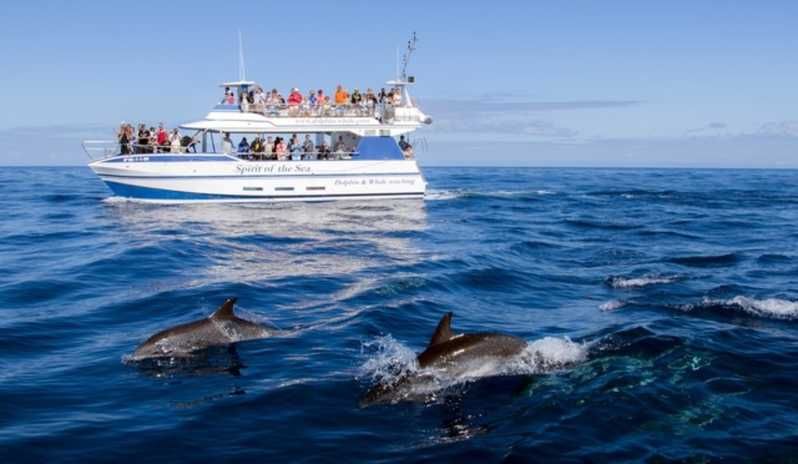 Now it’s up to the reproduction of the 90,065 animals available there, but the catch must be banned.
Now it’s up to the reproduction of the 90,065 animals available there, but the catch must be banned.
However, there are not many modern equipped places in Russia where marine mammals can be provided with comfortable conditions, he noted.
Don’t Catch Willy4
Photo: RIA Novosti / Natalia Seliverstova
– For example, in resort dolphinariums, animals are kept in terrible conditions. Often several generations of “artists” live under the same nickname. Conditionally there is a Roma dolphin, he lived for five years due to poor maintenance, they buried him, caught another and also named , – said Vyacheslav Alekseev.
The adoption of the bill banning the catching of marine mammals over time will actually lead to the closure of dolphinariums, Svetlana Bessarab writes in an explanatory note. They will not disappear immediately, many animals can no longer be rehabilitated, but it will be impossible to replenish the “troupes”.
